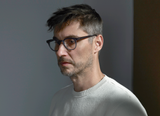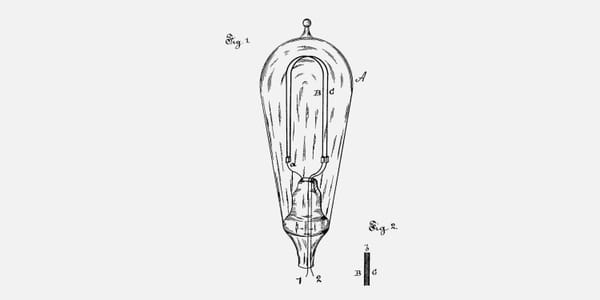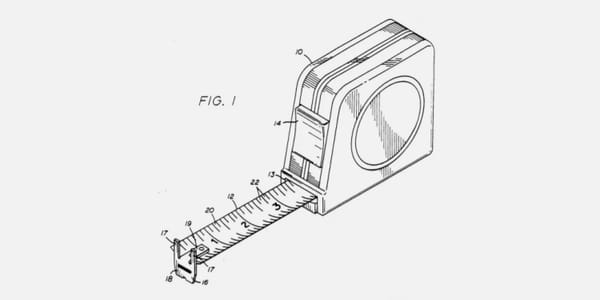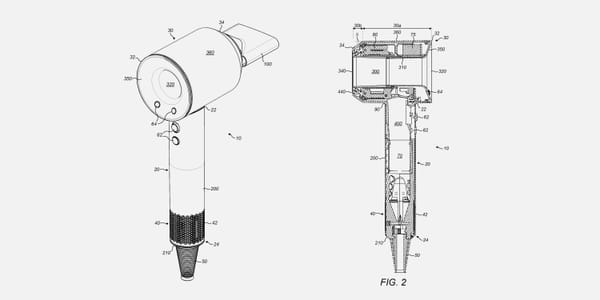The World’s Most Complex Problems Need Collaborative Genius.
In the 1900s, over 80% of Nobel Prizes went to individuals. Today, only 35% do, reflecting a shift towards collaborative innovation. Complex problems require diverse expertise and teamwork. Learn breakthroughs and discoveries that highlight the power of collective intelligence and collaboration.
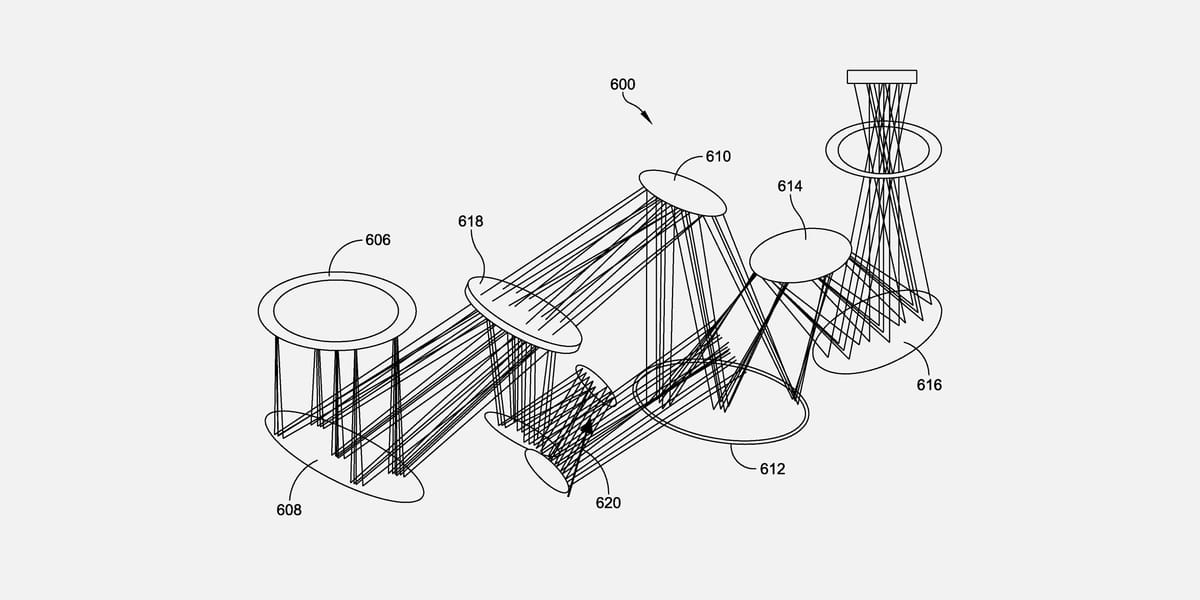
In the Nobel Prize’s first decade (1901-1911), over 80% of prizes were awarded to individuals rather than teams, institutes, or organizations. By contrast, a survey of Nobel Prize winners from the past decade reveals that approximately 35% of prizes were awarded to individuals, and unsurprisingly, nearly half of the individual winners were in the literature rather than science or medicine categories.
It would be easy to conclude that this shift reflects the changing whims of Nobel Prize juries. In fact, there is something far more profound at work here. The problems we’re now facing are increasingly complex and require intersecting expertise to tackle. But how do we consistently bring experts together and ensure the very best ideas receive the funding they need to be developed and implemented at scale? Here, it is worth pointing out that if this year’s Nobel Prize for Physiology or Medicine winners Katalin Karikó and Drew Weissman hadn’t had a chance encounter at a photocopy machine and then persisted in their research for years, often with limited funding and institutional support, the world might be still waiting for their breakthrough on mRNA and for the Covid-19 vaccines their research informed.
So, how do we take the “chance” out of research science and design a context where research scientists, alongside investors, business leaders, policymakers, and designers, are able to consistently identify, develop, test, scale, and implement solutions to urgent problems?
From Individual to Collaborative Genius
At the turn of the twentieth century, when the Nobel Prize was inaugurated, it was a prize designed to recognize individual acts of genius. Over a century later, many of the prize’s earliest recipients, including Albert Einstein and Marie Curie, are still household names. That the prize originally sought to celebrate individuals isn’t entirely surprising. In the early twentieth century, many fundamental building blocks of science were yet to be discovered. As a result, it was also still possible for individuals asking the right questions while armed with the right tools to achieve major scientific breakthroughs working in relative isolation.
If the world was once ripe with low-hanging fruit waiting to be discovered, this is no longer the case and arguably hasn’t been for decades. In recent years, this shift has also brought the Nobel Prize and other prizes that focus on celebrating individual genius under increased scrutiny.
In 2017, when physicists Rainer Weiss, Kip Thorne, and Barry Barish took home the Nobel Prize for Physics for their discovery of gravitational waves, many people, including other physicists, wondered why the dozens of other scientists who contributed to the Laser Interferometer Gravitational-Wave Observatory (LIGO) project were not honored. As astrophysicist Martin Rees complained at the time, Rees had a point:
“The fact that the Nobel Prize 2017 committee refuses to make group awards is causing increasingly frequent problems and giving a misleading impression of how a lot of science is actually done.”
While we may still cling to the idea that innovations and breakthroughs come about due to acts of individual genius, this is rarely, if ever, true. For decades now, the greatest innovations and scientific breakthroughs have been the result of dozens and often hundreds and even thousands of minds working in tandem. With the arrival of increasingly powerful forms of AI, determining who, if anyone, is responsible for a great innovation or breakthrough is also getting more complicated.
Human-Machine Collaborations
In his 1972 Nobel Prize acceptance speech, biochemist Christian Anfinsen predicted that one day, it would be possible to predict the 3D structure of any protein based on its sequence of amino acid building blocks. For nearly five decades following Anfinsen’s speech, researchers struggled to crack the “protein folding problem.” Attempts to solve the problem were even ranked as part of the annual Critical Assessment of Structure Prediction (CASP) initiative. Then, in 2018, a significant breakthrough finally occurred, but it wasn’t due to the work of a sole researcher or even a team of collaborators.
The 2018 breakthrough was accomplished by AlphaFold 1, an artificial intelligence (AI) program developed by DeepMind, a subsidiary of Google’s parent company, Alphabet. Two years later, AlphaFold2 again achieved a level of accuracy that far outpaced the progress made by any human entrants. In fact, AlphaFold2 performed so well that the competition’s founding computational biologist John Moult declared, “In some sense the problem is solved.”

